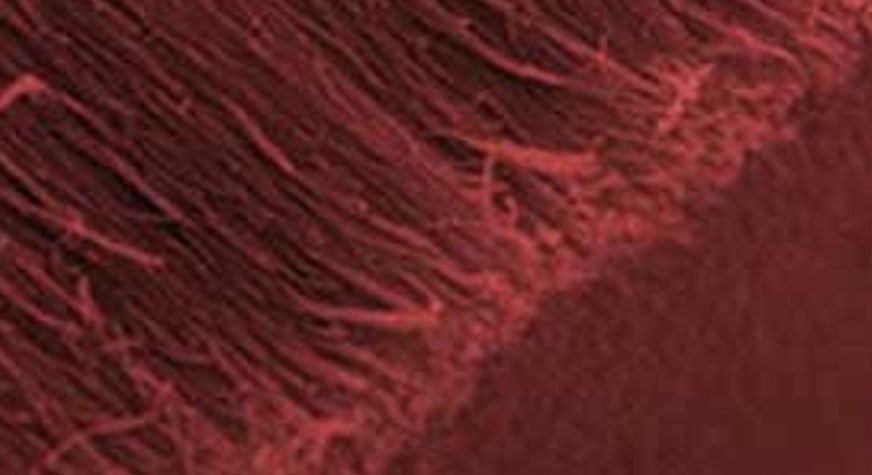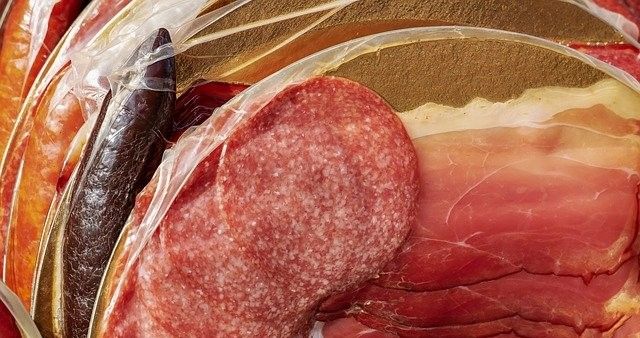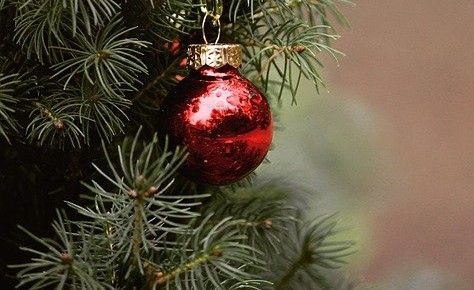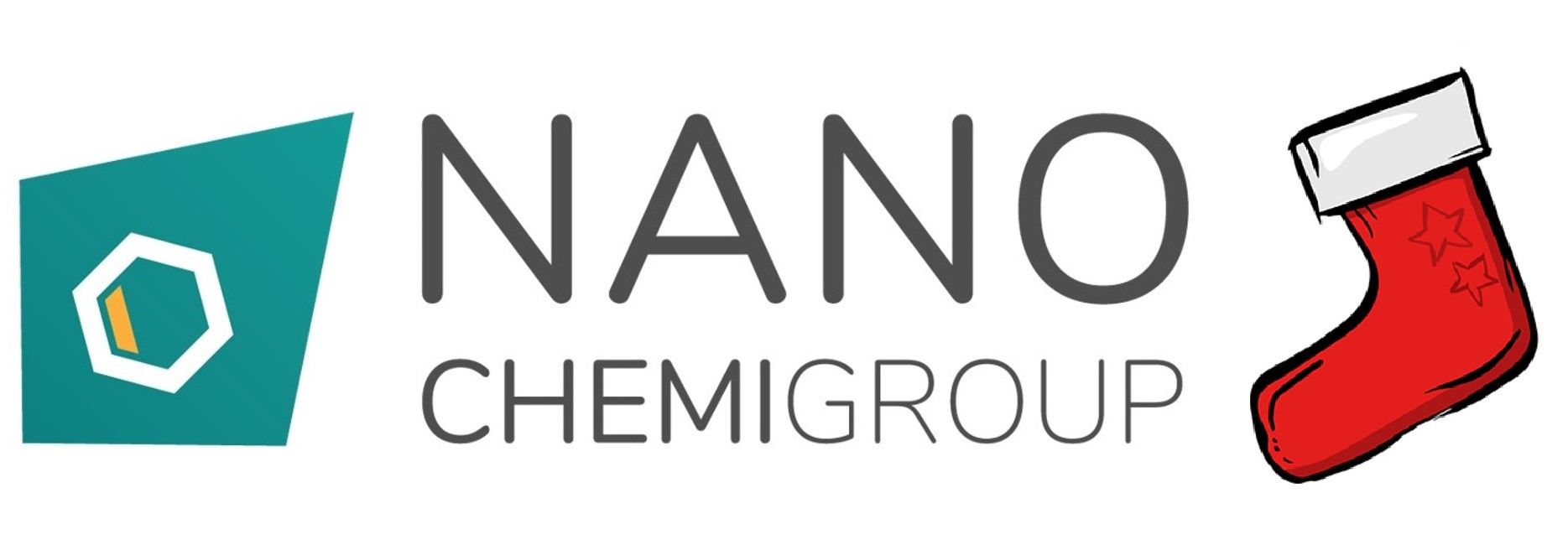It’s Christmas – a time for celebrating with family and friends, but what has that got to do with nanotechnology?
As unseasonal as it may sound, nanotechnology plays a major role in Christmas with nanomaterials now influencing Christmas present production, the processing of festive food, and the shaping of Christmas more than ever.
Nanotechnology – What is it?
Nanotechnology is the measuring, manipulation, and manufacture of materials at the atomic scale. This is usually between 1 and 100 nanometres (nm) where each nanometre is one billionth of a metre or 0.000001 mm. A human hair is about 100,000 nanometres wide, and the naked eye can see something as small as 10,000 nm.

Nanotechnology in Christmas presents
Nanomaterials are so versatile and practical that they are able to improve materials, reduce production, labour, and energy costs, and provide unique selling points for products. They will consequently be used in many gifts under the Christmas tree this year.
For examples, nanotechnology is present in:
· Devices with lithium-ion batteries often use nanomaterials to improve battery performance.
· Microchips are often improved with carbon nanotubes which increase electrical conductivity and so improve computing power.
· Items with circuit boards are often protected against static electricity with coatings that employ nanomaterials.
· The latest TVs, tablets, and smart phone screens all use nanomaterials to improve picture quality, as well as for protection against cracking and scratches.

· Modern sports equipment is often made with carbon nanomaterials, as they combine strength, low-weight, and flexibility. For this reason, nanotechnology is used in tennis racquets, golf clubs, archery arrows, ice skates and rollerblades, bicycles, fishing rods, skis, sport’s helmets and protective pads, ice hockey sticks, and all kinds of balls.
Nanotechnology in Christmas Food
Nanoparticles are widely used in fertilizers, pesticides, and herbicides to help bring food to Christmas tables everywhere. This is because the smaller size of ingredients can speed up absorption of chemicals into the roots of a crop. Nanoparticles are also small enough to fit through the holes on leaves adding a further route to plant uptake.
Animal feed additives increasingly use nanotechnology as the smaller size particles can increase absorption into the blood stream.
Nanotechnology has also developed coatings for food packaging with antimicrobial properties which help to keep food fresh for longer. The same silver nanoparticle technology has also been used for food storage containers to reduce the waste of leftover Christmas food.

Nanotechnology in Textiles
Nanomaterials have been used in textiles for many years as they improve a material’s durability, water resistance, and stain resistance.
This means that (despite the soup and sauces spilt on it) a Christmas tie will remain cleaner for longer. Winter coats can be made with nanomaterials to better keep out the cold and damp, and any socks given as presents will last longer than ever before.

In the future, it is possible that wearable electronics will be created with nanotechnology. This will likely make next year’s Christmas sweaters even more garish, as they may incorporate screens, be Internet connected, or check the wearer’s health by measuring their pulse and other vital signs.
Nanotechnology with Christmas trees
While nanotechnology has been developed that can be applied to glass and paper, it is unlikely that any will be found in Christmas tree baubles or wrapping paper. However, researchers have created a route to recycle the pine needles from Christmas trees into antimicrobial, self-sterilizing, nano-composite materials to minimise infection on medical implants and surgical devices.
While the use of silver nanoparticles has long been known for their effective antimicrobial properties, this latest breakthrough is based on how extract from waste Christmas tree needles can function as a natural chemical reducing agent to convert the silver ions in a nitrate solution to nanoscopic silver metal particles.

While this list is seasonal and has focused on ways that nanotechnology influences Christmas, there are many more applications for nanomaterials beyond what is festive.
Today, nanotechnology is applied in water treatment, in solar panels, in pharmaceutical drugs and devices, in industrial catalysts, in paints and coatings, and much more.
So, during this Christmas, when you are unwrapping presents, cooking Christmas dinner, watching a Christmas film, or even recycling the Christmas tree, remember that nanotechnology is all around us, if only our eyes were able to see it.

To learn more about how nanotechnology is influencing production read: How are Small to Medium Sized Businesses Using Nanomaterials? or How Nanomaterials are Made and What that Means for Plastics
Photo credit: DeanSimone, JimKalligas, NANO CHEMI GROUP, Tantetati, Oleksandr Pyrohov, couleur, Jkartak, & jill wellington
